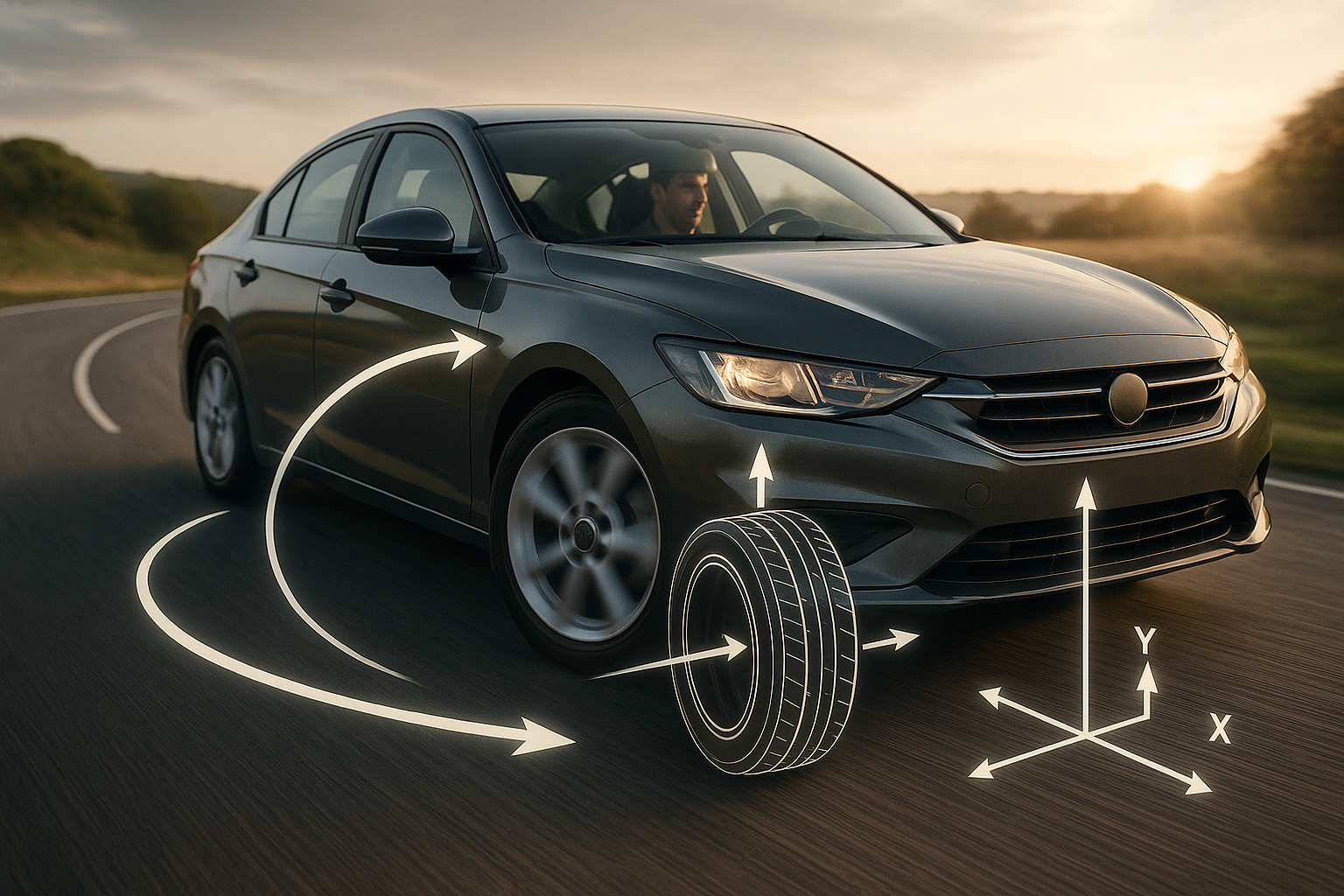Explore helpful tips on autocycles
Autocycles represent a unique category of three-wheeled vehicles that bridge the gap between traditional motorcycles and cars. These innovative machines offer enhanced stability, weather protection, and accessibility while maintaining the freedom and efficiency of two-wheeled transportation. Understanding their features, benefits, and selection criteria can help you determine if an autocycle fits your transportation needs and lifestyle preferences.

Explore helpful tips on autocycles
Autocycles have emerged as an increasingly popular alternative to traditional motorcycles and cars, offering a distinctive blend of stability, comfort, and performance. These three-wheeled vehicles provide riders with enhanced safety features while preserving the open-road experience that motorcycle enthusiasts cherish.
Discover the unique features of autocycles
Autocycles incorporate several distinctive characteristics that set them apart from other vehicle categories. Most models feature two wheels in the front and one in the rear, creating a stable platform that reduces the risk of tipping during turns or sudden stops. Many autocycles include enclosed cabins with doors, windows, and climate control systems, providing protection from weather conditions that would typically challenge motorcycle riders.
Steering systems in autocycles often resemble those found in cars, using steering wheels instead of handlebars. This familiar interface makes the transition easier for drivers accustomed to four-wheeled vehicles. Additionally, many models offer automatic transmissions, eliminating the need for manual clutch operation and gear shifting that traditional motorcycles require.
Understand the differences between autocycles and traditional vehicles
The distinction between autocycles and conventional motorcycles extends beyond wheel configuration. Autocycles typically offer superior weather protection through enclosed designs, while motorcycles provide a more exposed riding experience. Weight distribution differs significantly, with autocycles generally heavier due to additional structural components and safety features.
Licensing requirements vary by state, with some jurisdictions allowing autocycle operation with a standard driver’s license, while others require motorcycle endorsements. Traditional motorcycles consistently require specialized licensing and safety training in most areas. Storage capacity often favors autocycles, which frequently include trunk space and compartments that motorcycles lack.
Fuel efficiency represents another key difference. While motorcycles typically achieve higher miles per gallon, modern autocycles still offer respectable fuel economy compared to cars, often ranging from 35 to 50 miles per gallon depending on engine size and driving conditions.
Explore design options tailored to your needs
Autocycle manufacturers offer various design configurations to accommodate different preferences and requirements. Sport-oriented models emphasize performance and handling, featuring aerodynamic bodywork and responsive suspension systems. Touring-focused designs prioritize comfort and storage, incorporating larger windshields, comfortable seating, and ample cargo space.
Some autocycles feature convertible elements, allowing riders to remove or fold down portions of the enclosure for an open-air experience. Others maintain fully enclosed designs for maximum weather protection. Engine options range from smaller, fuel-efficient units suitable for city commuting to larger, more powerful engines designed for highway cruising and long-distance travel.
Customization options vary by manufacturer and model, with some offering extensive accessory catalogs including upgraded audio systems, navigation equipment, and comfort enhancements. Color schemes and styling packages allow buyers to personalize their vehicles according to individual tastes.
Get practical tips for choosing the right cycle
Selecting an appropriate autocycle requires careful consideration of intended use, budget, and personal preferences. Evaluate your primary transportation needs, including daily commute distances, passenger requirements, and storage needs. Consider the climate in your area and how weather protection factors into your decision.
Test riding multiple models provides valuable insights into comfort, handling characteristics, and overall suitability. Pay attention to seat comfort, visibility, control accessibility, and ease of entry and exit. Assess the vehicle’s performance in various conditions, including city traffic, highway speeds, and parking scenarios.
Maintenance requirements and service availability should influence your decision. Research local dealerships and service centers to ensure convenient access to parts and qualified technicians. Some manufacturers offer extended warranty programs that may provide additional peace of mind for new buyers.
| Model Category | Manufacturer | Price Range | Key Features |
|---|---|---|---|
| Sport Autocycle | Polaris Slingshot | $20,000 - $35,000 | Open cockpit, performance-focused |
| Touring Autocycle | Can-Am Spyder | $23,000 - $42,000 | Enclosed options, comfort features |
| Compact Autocycle | Vanderhall Venice | $30,000 - $45,000 | Vintage styling, modern technology |
| Electric Autocycle | Arcimoto FUV | $18,000 - $25,000 | Electric powertrain, eco-friendly |
Prices, rates, or cost estimates mentioned in this article are based on the latest available information but may change over time. Independent research is advised before making financial decisions.
Make informed decisions with our comprehensive guide
Making an informed autocycle purchase requires thorough research and careful evaluation of available options. Compare specifications, features, and pricing across multiple manufacturers to identify the best value for your specific needs. Consider total cost of ownership, including insurance, maintenance, fuel, and potential financing costs.
Insurance considerations play a crucial role in autocycle ownership. Contact insurance providers to obtain quotes and understand coverage options, as rates and policies may differ from traditional motorcycle or car insurance. Some insurers classify autocycles as motorcycles, while others treat them as specialty vehicles with unique coverage requirements.
Financing options vary among dealers and financial institutions. Some manufacturers offer promotional financing rates or lease programs that may reduce initial costs. Credit unions and banks may provide competitive rates for vehicle loans, potentially offering better terms than dealer financing.
Resale value considerations should factor into your decision-making process. Research historical depreciation rates for specific models and manufacturers to understand long-term value retention. Popular models from established manufacturers typically maintain better resale values than lesser-known brands.
Autocycles represent an innovative transportation solution that combines elements of motorcycles and cars into a unique riding experience. By understanding their features, comparing options, and carefully evaluating your needs, you can determine whether an autocycle aligns with your transportation goals and lifestyle preferences. Thorough research and test riding multiple models will help ensure you select a vehicle that provides years of enjoyable and reliable service.


